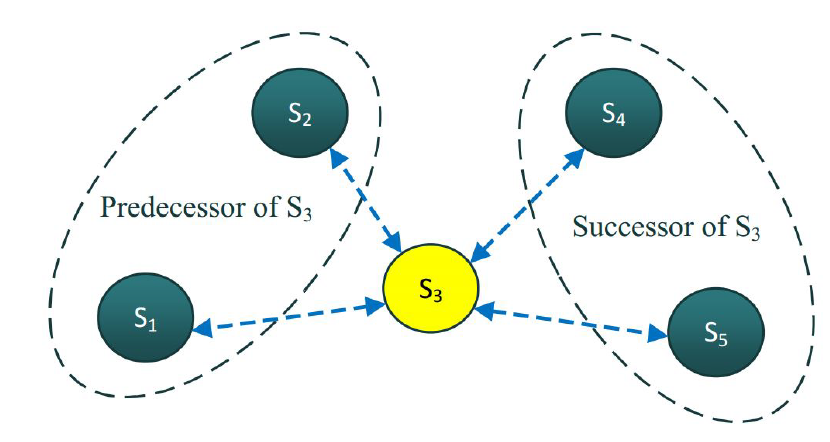
Due to the limited energy of sensor nodes in wireless sensor networks, extending the network lifetime is a major challenge that can be formulated as an optimization problem. In this paper, we propose a distributed iterative algorithm based on alternating direction method of multipliers with the aim of maximizing sensor network lifetime. The features of this algorithm are the use of local information, low overhead of message passing, low computational complexity, fast convergence, and, consequently, reduced energy consumption. In this study, we present the convergence results and the number of iterations required to achieve the stopping criterion. Furthermore, the impact of problem size (number of sensor nodes) on the solution and constraints violation is studied, and, finally, the proposed algorithm is compared with one of the well-known subgradient-based algorithms.